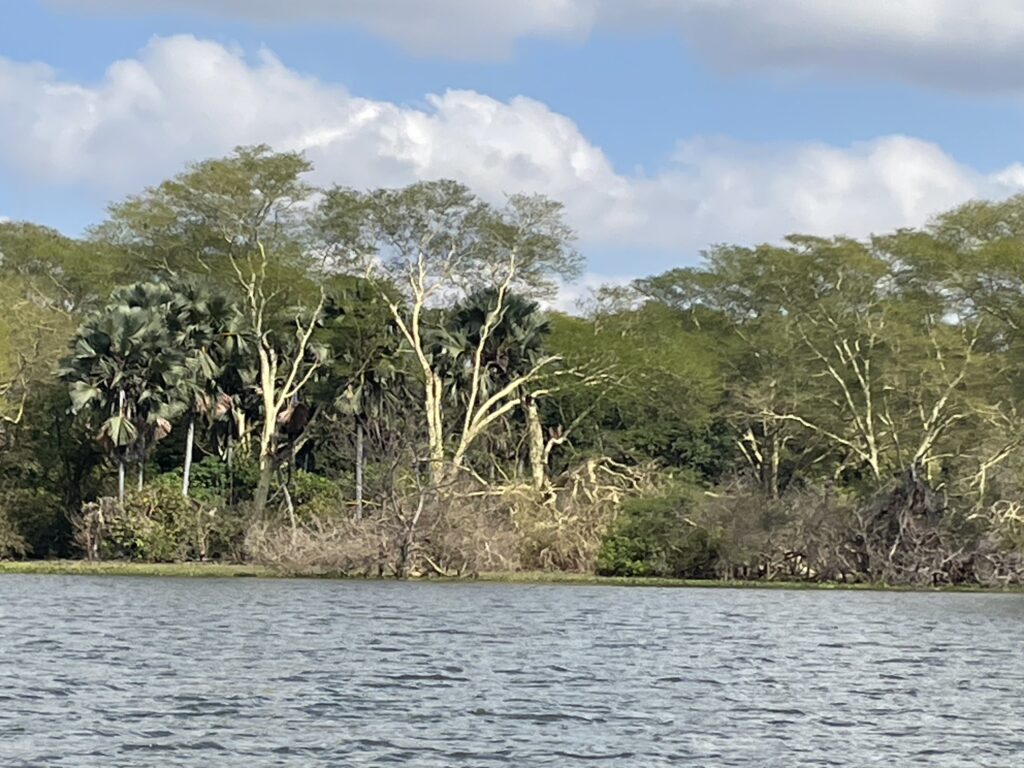Its bark has a distinctive, greenish-yellow, smooth appearance. It produces a powdery substance that coats its bark and rubs off at the touch. Dangerous thorns grow to approximately 2 ½ to 3 inches and can easily puncture a shoe and reach the foot.This unique tree, known as xanthophloea, grows in low, marsh areas, along flood plains, primarily in Eastern and Southern Africa. It is prominent in the lowlands of Malawi and can easily be seen in places like the Liwonde National Park along the Shire River.
During his trips of exploration, the Scottish missionary, David Livingstone (1813 – 1873), followed the same routes that held large numbers of the fever tree, since his party and most other explorers followed river routes into the interior of Africa. What was later learned was the fact these trips along rivers and swamps exposed most of them to large numbers of mosquitoes and the probability of malaria. This fact was not known during the time of Livingstone and consequently, the early explorers to Africa often fell ill and died along the very routes that held the most threat. Livingstone’s diary recorded no less than 27 bouts with malaria, and in fact his wife, Mary died of malaria in 1862, and so did Livingstone himself in 1873.
A conclusion was reached by the Livingstone party, as disease and death seemed tied to camping under the fever trees, was to avoid them at all costs. They determined these trees carried the disease. What the Livingstone party could not have known, and what was only discovered several years later, was the fact the very tree they decided to avoid was the very tree that produced quinine, a substance that offered a cure for malaria.
Picture: Fever trees line the shore of the Shire River in the Liwonde National Park. This stretch of river was actually on Livingstone’s route north of the Zambezi River.

